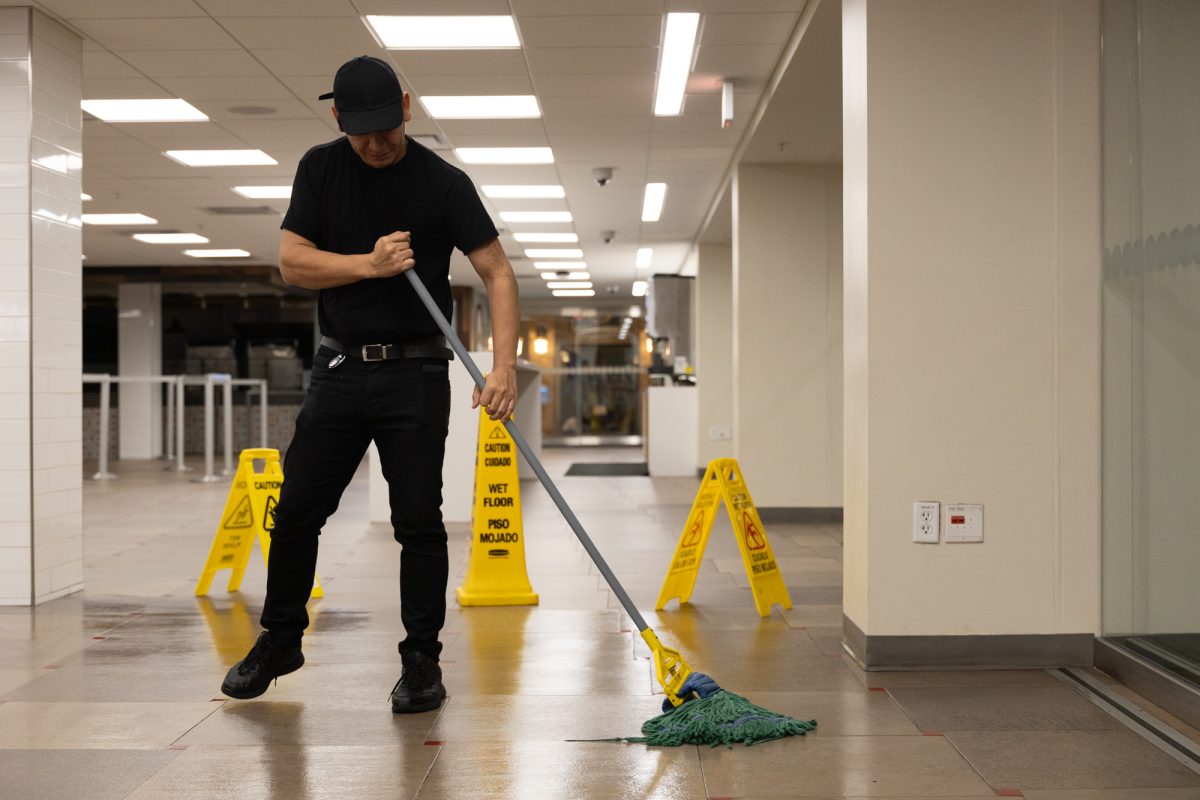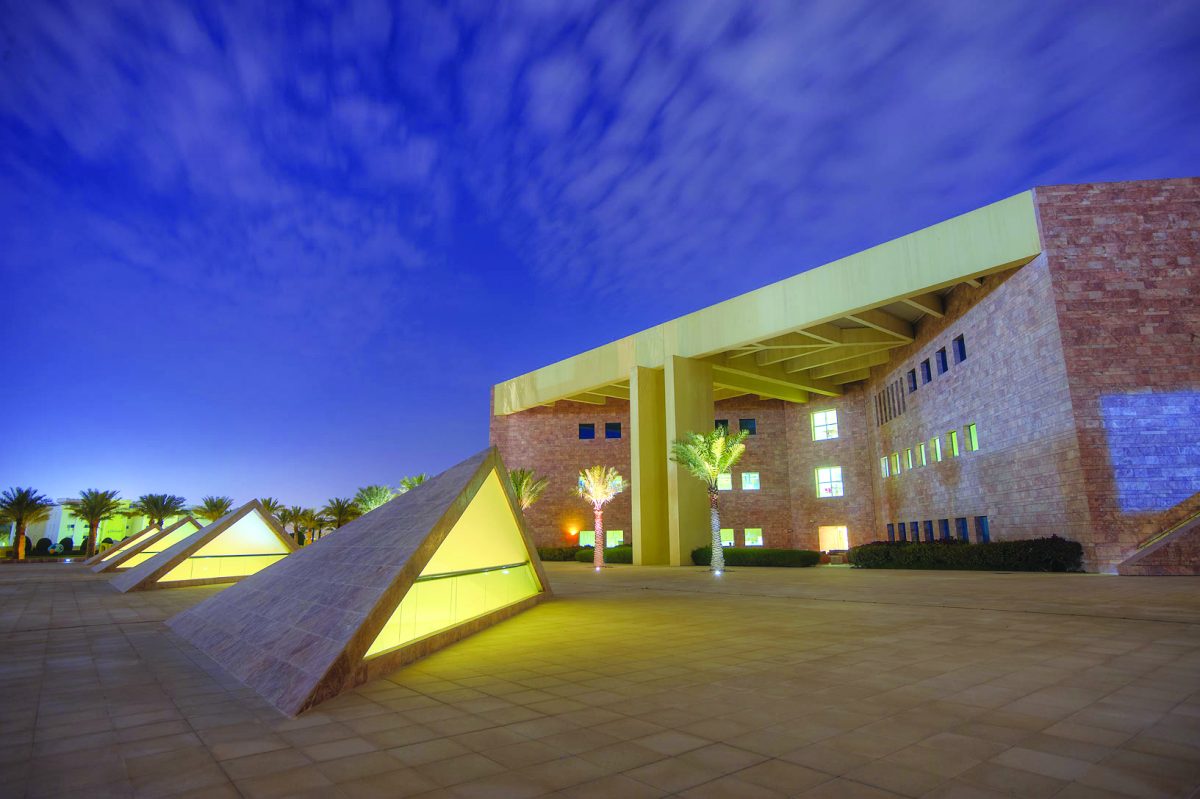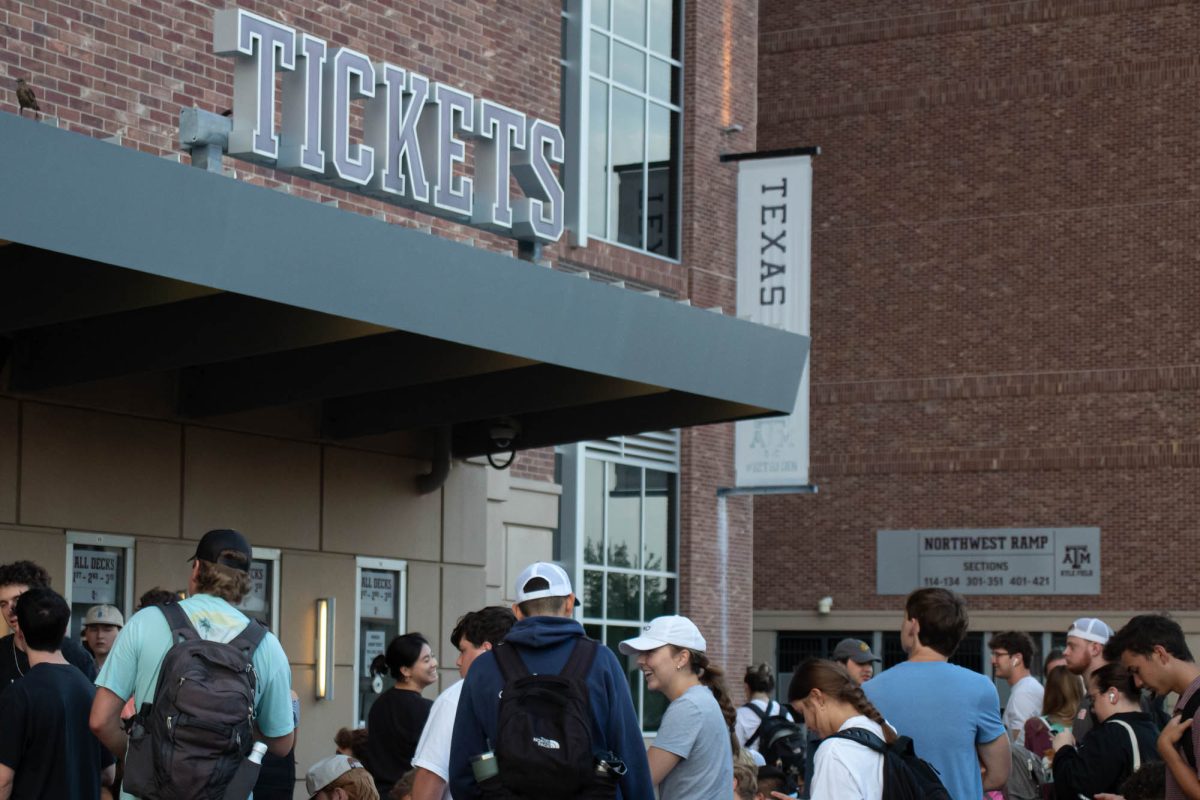Orion Space capsules. An emergency atmospheric re-entry vehicle for a possible Space Station failure. These may sound like research topics performed exclusively at Johnson Space Center and other similar large-scale laboratories, but, in fact, these and other studies have been conducted in College Station, and a new breakthrough in the field of aerospace engineering could be on the horizon.
Texas A&Ms Aerospace Engineering Department received part of a $1.2 million grant from NASA to study dynamic stall, a phenomenon associated with rotary aircraft. The grant was awarded to Boeing, which recruited the help of two A&M aerospace engineering professors, Rodney Bowersox and Edward White.
The research, which is going to be conducted at A&Ms wind tunnel off campus, aims to solve a challenge that has faced helicopter designers and rotary blade machines for decades.
Dynamic stall in a helicopter occurs as a result of a helicopters method of movement, White said. A helicopter such as a Chinook is efficient at hovering, but when it flies forward, small shockwaves occur along the rotor blades.
A helicopter moves forward not only by rotating its blades, but by pitching them up and down as they rotate. This creates a differential force, which drives the helicopter through the air. However, these motions also create some complicated aerodynamics, one of which is known as dynamic stall.
In addition to Bowersox and White, four graduate students and several student workers will assist in varying capacities during the research.
I have been working on the project since the beginning with Dr. Bowersox and Dr. White, Jamie Weber, graduate aerospace engineering major said. I recently completed my Masters thesis on unstable dynamics on wind turbine blades. The research we are beginning is a similar concept, but a different application.
Research into dynamic stall has continued since it was first studied in the 1970s. There are still important pieces of information missing from the models which aim to describe it, especially on how it can be mitigated. Any breakthroughs that the A&M team could have would be a direct impact on the related science and aviation communities.
Helicopters, wind turbines and basically any rotor blade application will benefit [from our research], Weber said. By reducing [dynamic stalls] vibrational effects, we can improve the wind speed, maintenance cost and maneuverability of rotor-blade aircraft.
Besides contributing to the aerospace engineering communitys body of knowledge, a better understanding of dynamic stall would aid both civil and military helicopter uses.
Emergency response aircraft would become faster and more maneuverable, Weber said. And the military would be able to design more advanced stealth helicopters, for instance.
In order to study dynamic stall, several technical challenges need to be overcome at the wind tunnel facility before proper research can begin.
A&Ms wind tunnel was designed to have an airspeed of just over Mach 0.2, or about 160 miles per hour, White said. For this research project, we need to go Mach 0.5 380 miles per hour or half the speed of sound. We plan to accomplish this by doubling the wind tunnel motors power and decreasing the test area size, among other things. Hopefully these efforts will allow us to reach our Mach threshold.
The A&M team has two years to demonstrate to Boeing and NASA that the experiment is feasible and a third year to actually conduct the study if the preparations are successful. Both faculty and student researchers remain optimistic in the face of these challenges.
The project is very unique, very large scale, Weber said. I feel privileged to be a part of it.
Engineering professors, Boeing coordinate in aerodynamics research
January 15, 2013
0
Donate to The Battalion
Your donation will support the student journalists of Texas A&M University - College Station. Your contribution will allow us to purchase equipment and cover our annual website hosting costs.
More to Discover








